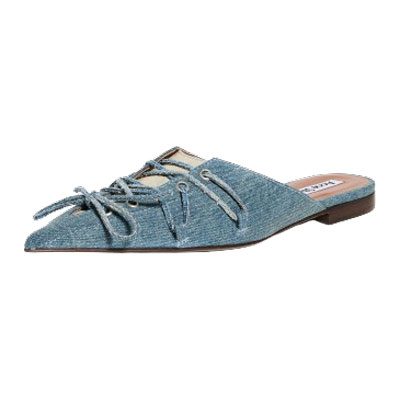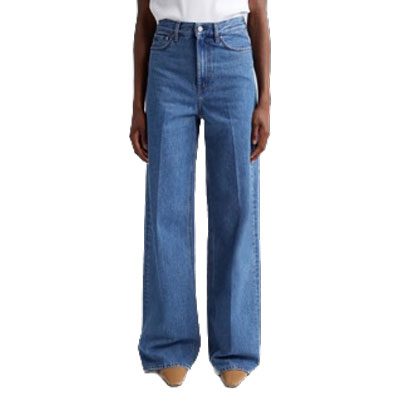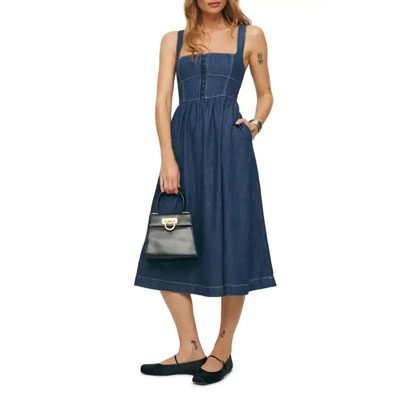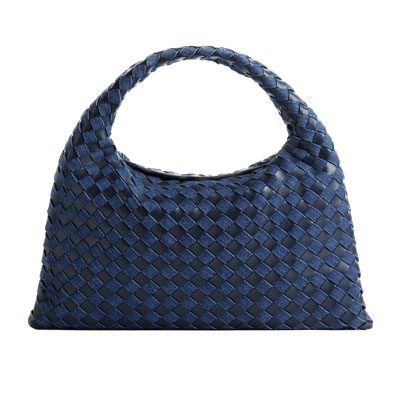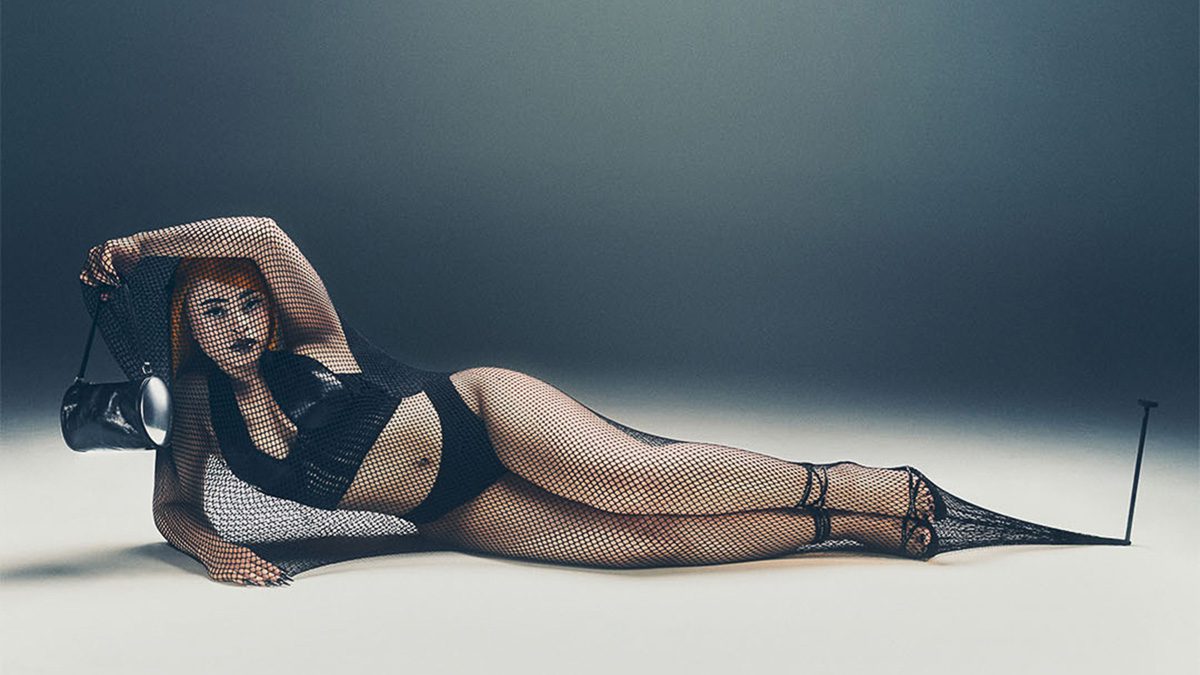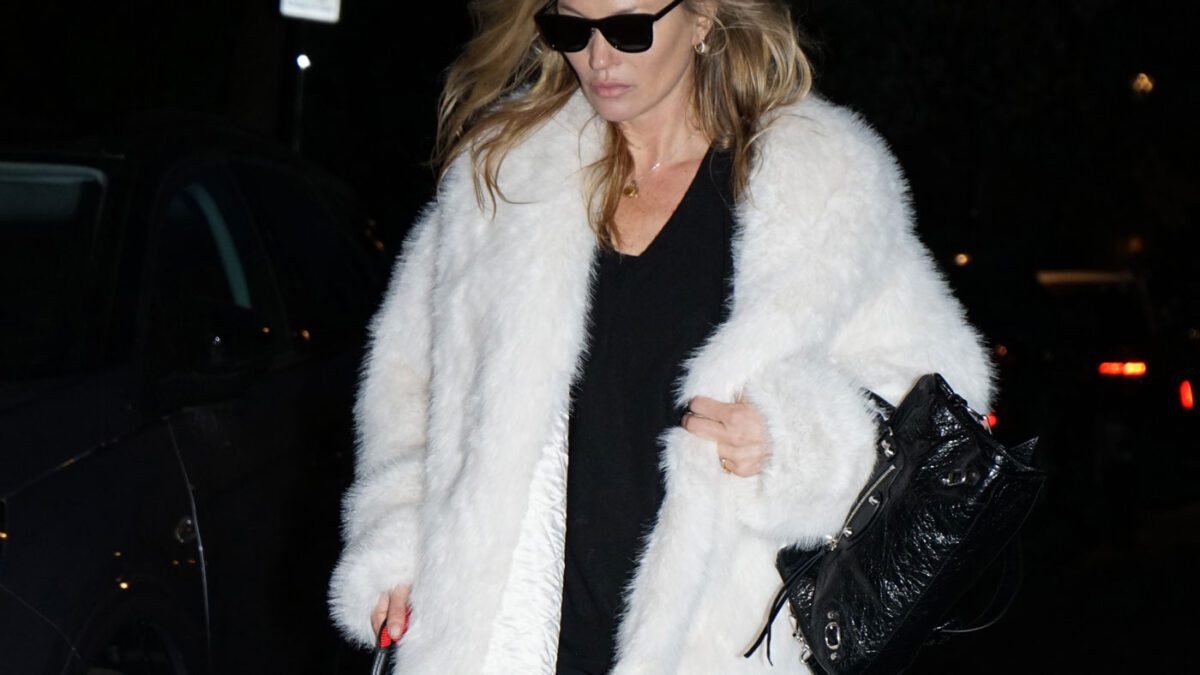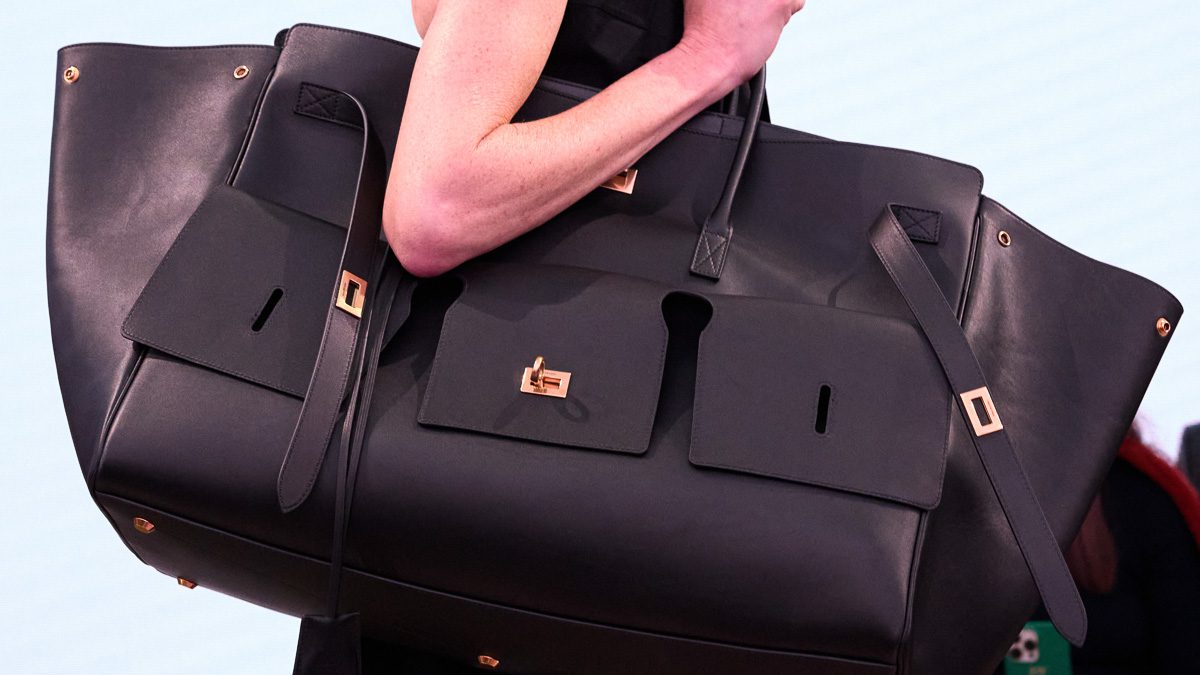Even though the news that Alexander Wang is the next creative director at Balenciaga has had the weekend to sink in, it doesn’t feel quite like reality. Wang rose to fame mostly on the wearability and relatively accessible price point of his downtown-cool sportswear and handbags, while Balenciaga’s departed designer/genius Nicolas Ghesquiere earned a reputation for industry-leading innovation, exceptional technical skill and an embrace of fashion’s intellectual side. (Oh, and a decade-plus of Motorcycle Bag success didn’t hurt, either.) The two have seemingly little to do with each other.
To me, Wang seemed (and to a certain extent, still seems) like an inappropriate choice to fill Ghesquiere’s shoes; the two men are completely different brand leaders in both aesthetic and approach. It seems like giving Wang the nod indicates that PPR wishes to take the French house in a more consumer-friendly direction; after all, Wang has proved himself an expert at figuring out exactly what luxury customers want to buy, which can be a weakness of designers who are more focused on abstract ideas and exacting execution. Finding both those qualities in one designer is rare, to say the least.
The more I’ve thought about it, though, the more the two designers’ aesthetics seem to converge in an area that’s not only very important to those of us at this site, but to the overall financial health of almost any fashion brand: handbags. I’ve bought and carried multiple bags from both brands, and although I hadn’t really thought about it before this news emerged, the two are not all that different.
Both Wang and Balenciaga do most of their accessories business by selling slouchy leather bags with tough, industrial-inspired hardware. The bags from both lines are then reissued in new colors and hardwares every season; the most successful designs have their shapes tweaked a bit in later seasons to provide consumers multiple options. Most brands incorporate a few of those techniques into their accessories strategies, but the similarities are more numerous than you’d expect when you look at the bag lines side-by-side, particularly considering how divergent the rest of the two brands are.
On top of that, Balenciaga and Wang’s seasonal bags have begun to share aesthetic similarities in recent seasons. Wang’s Pelican line from Fall 2012, for example, has the taut leather and clean edges that characterize many of Balenciaga’s recent non-Motorcyle bags. Both of those moves may be attributable to larger accessories trends, but they’re notable because, improbably, both brands now have their accessories collections structured the same way – a foundation of casual, easy shoulder bags and satchels with edgy hardware, combined with seasonal lines of tight, modern totes and satchels.
Ultimately, that should help Balenciaga bag lovers breathe a small sigh of relief. The Motorcycle bags, with their seemingly endless popularity, are likely going nowhere, at least in the immediate future. Not only would it be a bad business move to end the line right now, but it the bags likely won’t be contrary to Wang’s aesthetic vision at Balenciaga; after all, they’re pretty much in sync with it already.
What are your feelings on Alexander Wang’s move to Balenciaga? What do you think the link will be like?






